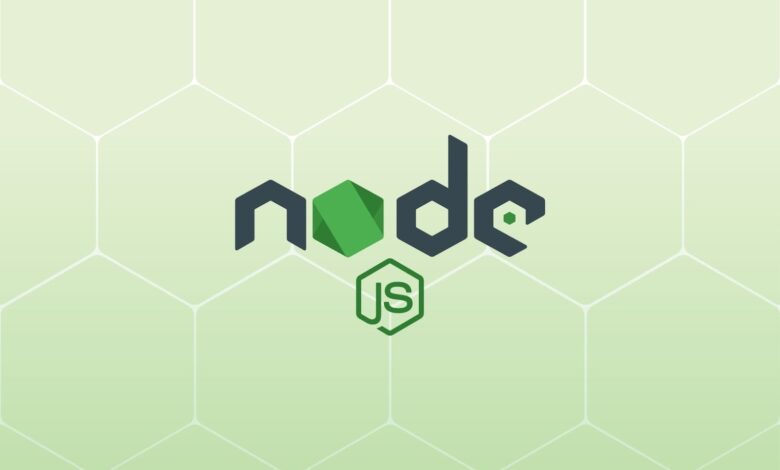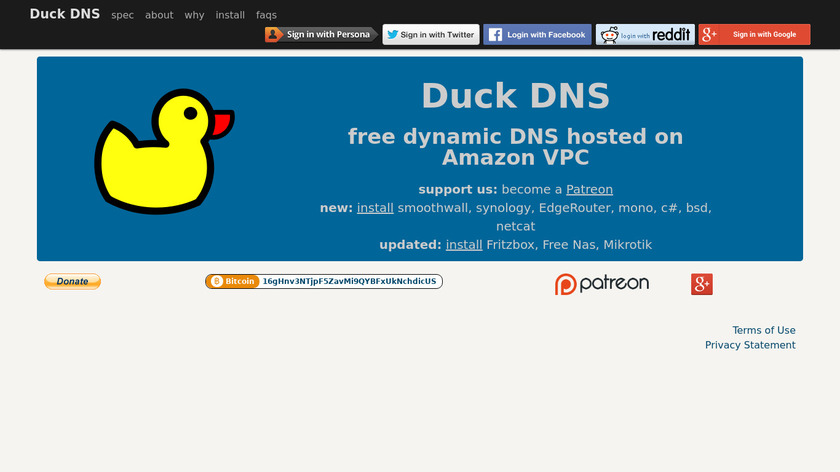The Pros and Cons of Node.js Web App Development

There are many aspects that a CTO or a tech professional must consider while evaluating node.js benefits and drawbacks for your web project. For example, the scalability of technology, speed, performance, application restrictions, and so on. The speed with which your application reaches the market is determined by the decisions you make at this stage.
JavaScript is the most popular client-side programming language on the internet. Until the advent of Node.js in 2009, what we could accomplish with JavaScript on the server was just a notion. Web app development with JavaScript running on the server-side has become very easy, cost-effective, and efficient thanks to the benefits of node.js.
Looking for a Node.js developer might be a daunting task as more tech professionals vie for your attention. You can find more about how to find Node.js developers here: https://tsh.io/blog/how-to-find-nodejs-developers/
So, what exactly is Node.js?
Built on Chrome’s V8 engine, Node.js® is an open-source JavaScript runtime environment. It is event-driven and has non-blocking I/O, making it ideal for building web applications that are lightweight, efficient, and quick.
Many sectors, including IT, healthcare, and others, have adopted Node.js as their preferred programming language. It’s difficult to ignore Node.js’s ease of use. Every technology, however, has certain advantages and disadvantages. As a result, let’s look at the benefits and drawbacks of node.js so that you can match your requirements and make an informed decision.
The Advantages of Developing Web Apps with Node JS
With so many options available today, let’s look at why Node JS is so popular.
Event-based and high-speed Model
Because of its asynchronous programming and non-blocking nature, Node may do small operations in the background without interfering with the main thread. The Google V8 engine it utilizes is the fastest JavaScript engine, in addition to its single-threaded event-based loop. It converts JavaScript into machine code, allowing for faster processing.
Scalability
To add functionality to an existing program, developers often need to perform complicated operations. Scaling the application horizontally or vertically is very simple using Node JS. By adding nodes to the accessible system, Node JS developers may do this. Not only that, but the platform allows for vertical scalability by allowing additional resources to be added to each node.
As a Programming Language on Its Own Right
Node.JS developers may utilize the same language on the front-end and back-end by writing server-side apps in JavaScript, earning it the title of full-stack. They don’t need to utilize another server-side programming language as a result of this. As a result, web application deployment is made easier. It also eliminates the need to employ a separate developer for the front-end and back-end.
Support from a large and active community
The fact that Node has such a large community behind it is a huge plus for the developers. If developers run into a problem at any stage, they may seek assistance from Node’s active community of thousands of programmers all around the globe. It basically implies that for every online application development requirement, a developer may get open JavaScript source code.
The Drawbacks of Developing Web Applications with Node JS
Node.JS development, like any other technology, has certain drawbacks. Let us familiarize you with them in order to make your decision-making process easier.
Not recommended for CPU-intensive tasks
When Node gets a CPU-bound job, such as a large request from the event loop, it allocates the available CPU to execute it first, ahead of the other queued-up requests. As a result, the single-threaded event loop suffers from overall delayed processing.
API that isn’t stable
Several modifications to the JavaScript code bases make earlier versions of Node JS incompatible. It implies that Node.JS developers will have to make numerous modifications to the code to guarantee that it is up to date.
The Problem of Callback Hell
A callback is a function that is executed after a job has been completed. Too many callbacks running in the background may lead them to get entangled. Unclean codes or poor code architectures contribute to the propagation of asynchronous programming.
Now that you’re familiar with the benefits and drawbacks of Node JS development, let’s go further into Node JS application development and how it compares to its competitors.
Conclusion
Node.js is a server-side runtime environment that allows you to execute JavaScript. It was first published in 2009 and has had a tremendous effect since then. The degree of interest in the runtime environment peaked in 2017 and has been strong ever since. The fact that industry giants like Walmart, Netflix, and others utilize Node.js demonstrates its value. Node.js is a fantastic tool for building scalable and high-performing online applications.




